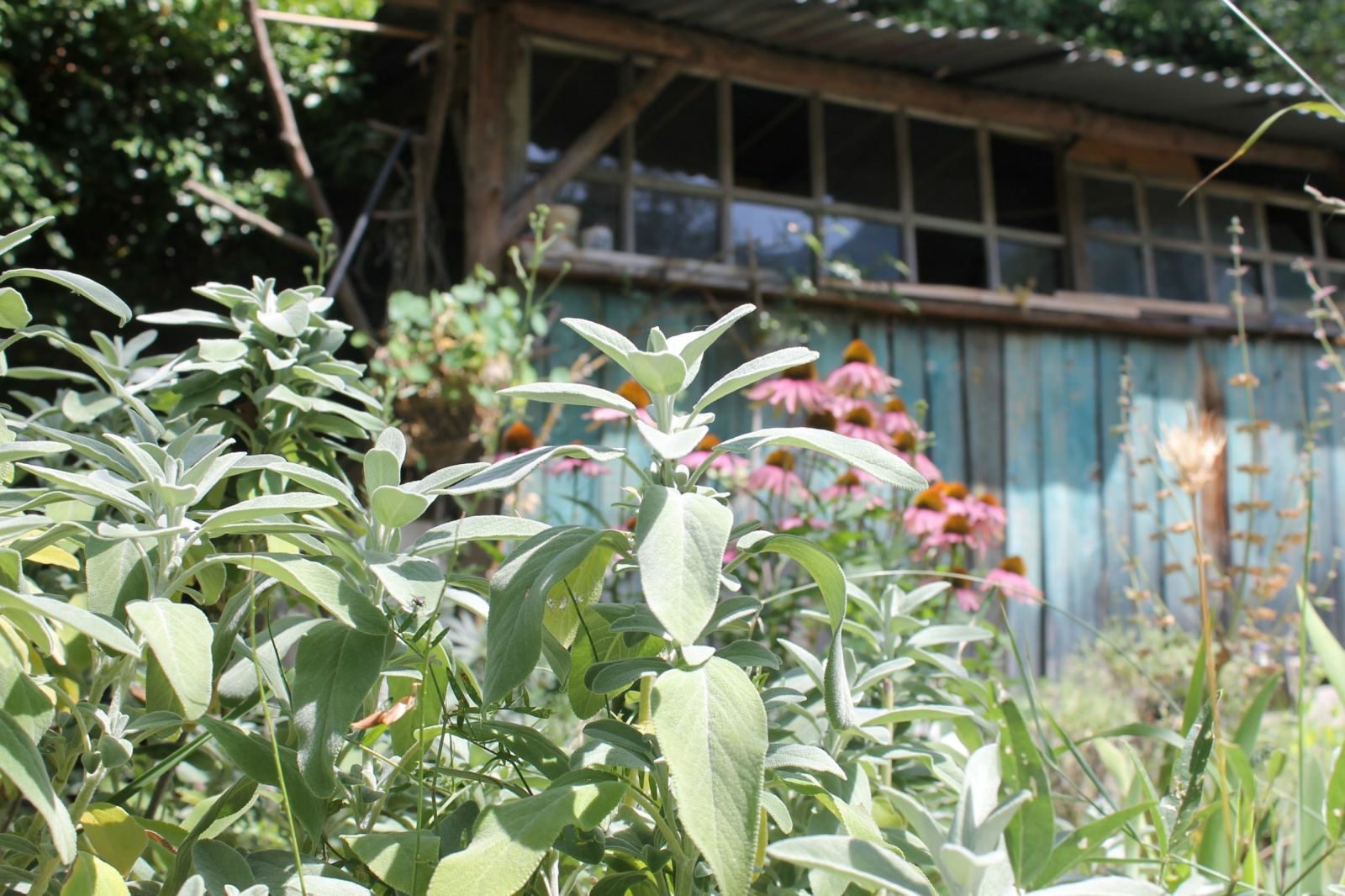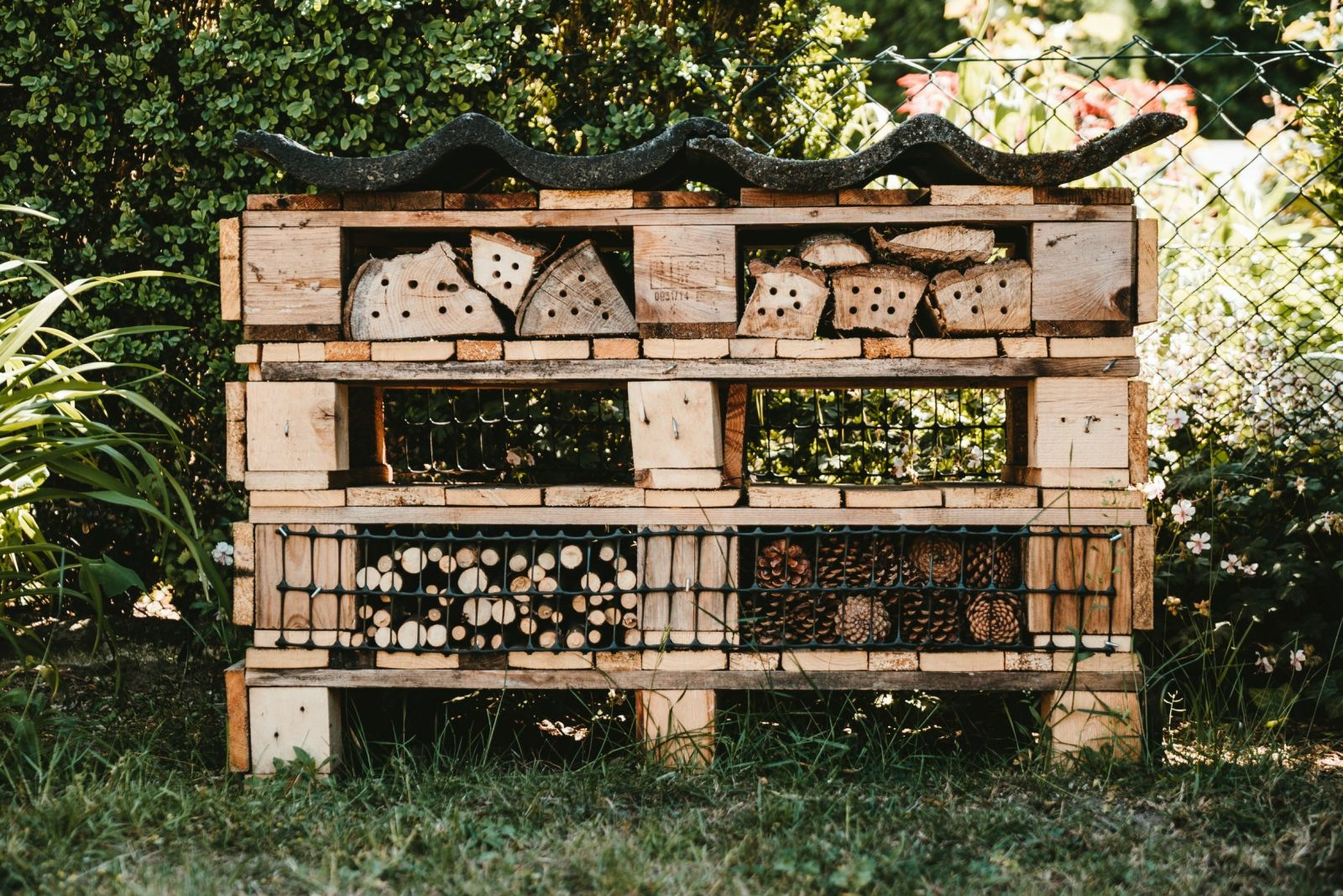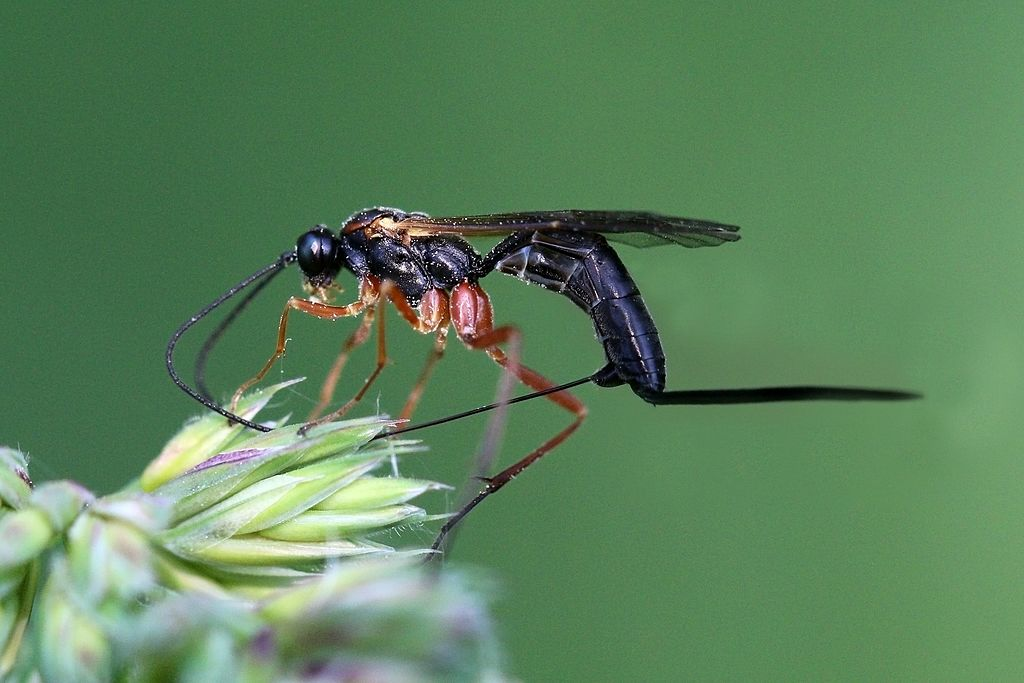Why you should promote beneficial insects
Pests and beneficial insects
There are no "pests" in nature, because every little animal, no matter how small, fulfills its purpose and is part of the food network. Normally, aphids & co. are kept in check by their natural predators (= "beneficial insects"). Only when a functioning ecosystem gets out of balance can an overpopulation of a particular species occur. This happens, for example, through the use of insecticides and pesticides, which not only harm the "pests" but also their predators. If these are missing as a regulatory unit, pests can multiply en masse and prey on our crops. Beneficial insects can therefore help to maintain a healthy balance in the garden and protect our crops.
The garden's little helpers

If you want to work successfully with beneficial insects as a gardener, you first have to recognize your little helpers. Many of them resemble their harmful relatives and can therefore be easily confused. A certain tolerance towards pests is also necessary, as pests are an indispensable source of food for beneficial insects. Beneficial insects would never completely eliminate their food source and neither should we.
How to encourage beneficial insects

A wealth of different plants and structures creates valuable habitats for a variety of insects, birds and mammals. Creating this wealth of structure in the garden couldn't be easier. Many things that most people would normally dispose of can still be useful for native wildlife:
- A pile of dead wood
- Loosely stacked stones
- Prunings
- Leaves left lying around (or piled up in heaps)
Different trees, hedges, shrubs and flowering plants also offer new niches and food sources for useful garden inhabitants. If you like to be crafty, you can also build artificial nesting aids. A classic nesting aid for wild bees are, for example, drilled hardwood slices made of oak or beech (no softwood!). The drill holes should have a diameter of 2 - 8 mm/0.08 - 0.3 in. Reeds or woody stems of shrubs and bushes also provide a welcome nursery for wild bees. The stems can simply be tied together in a bundle or placed in a tin can. Then simply attach the nesting aids to a sunny, rain-protected wall with the opening facing forwards - done! The little pollinators will soon be nesting in their new home. As beautiful as home-made nesting boxes are, they unfortunately only support a fraction of the existing diversity of wild bees. Most species actually breed underground and can do little with an insect hotel. They can be helped, for example, by preserving open (sand) areas in the garden that are not disturbed too much.
Charles J Sharp CC BY-SA

